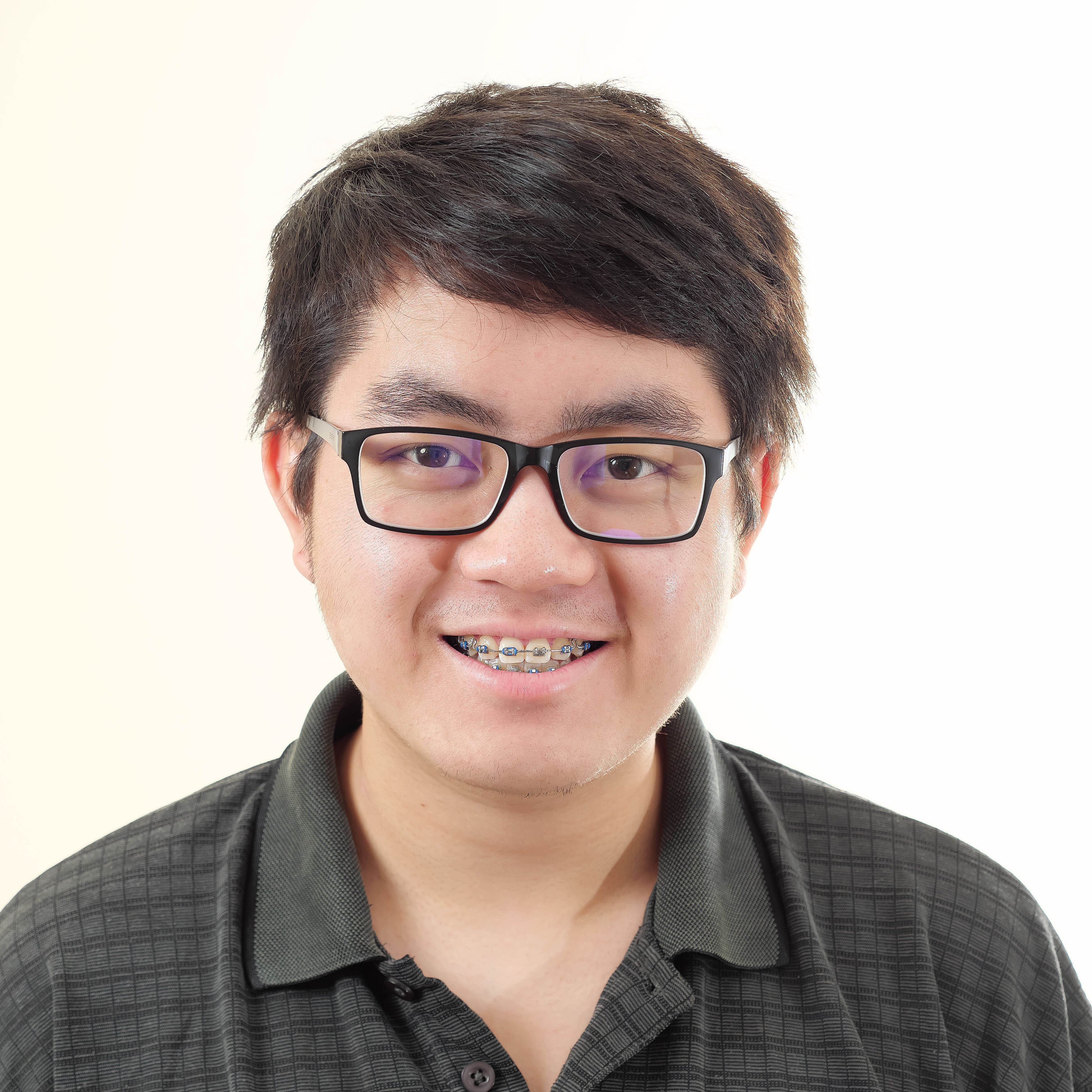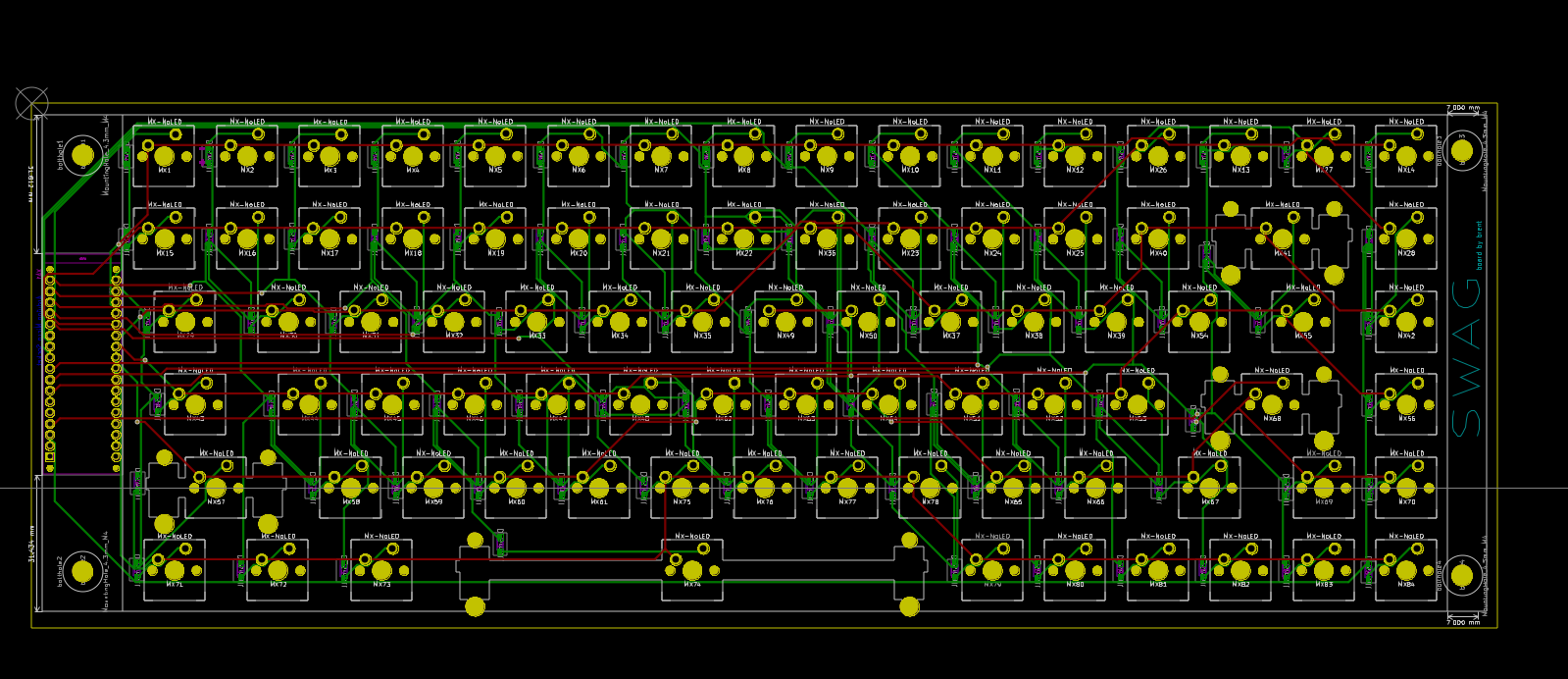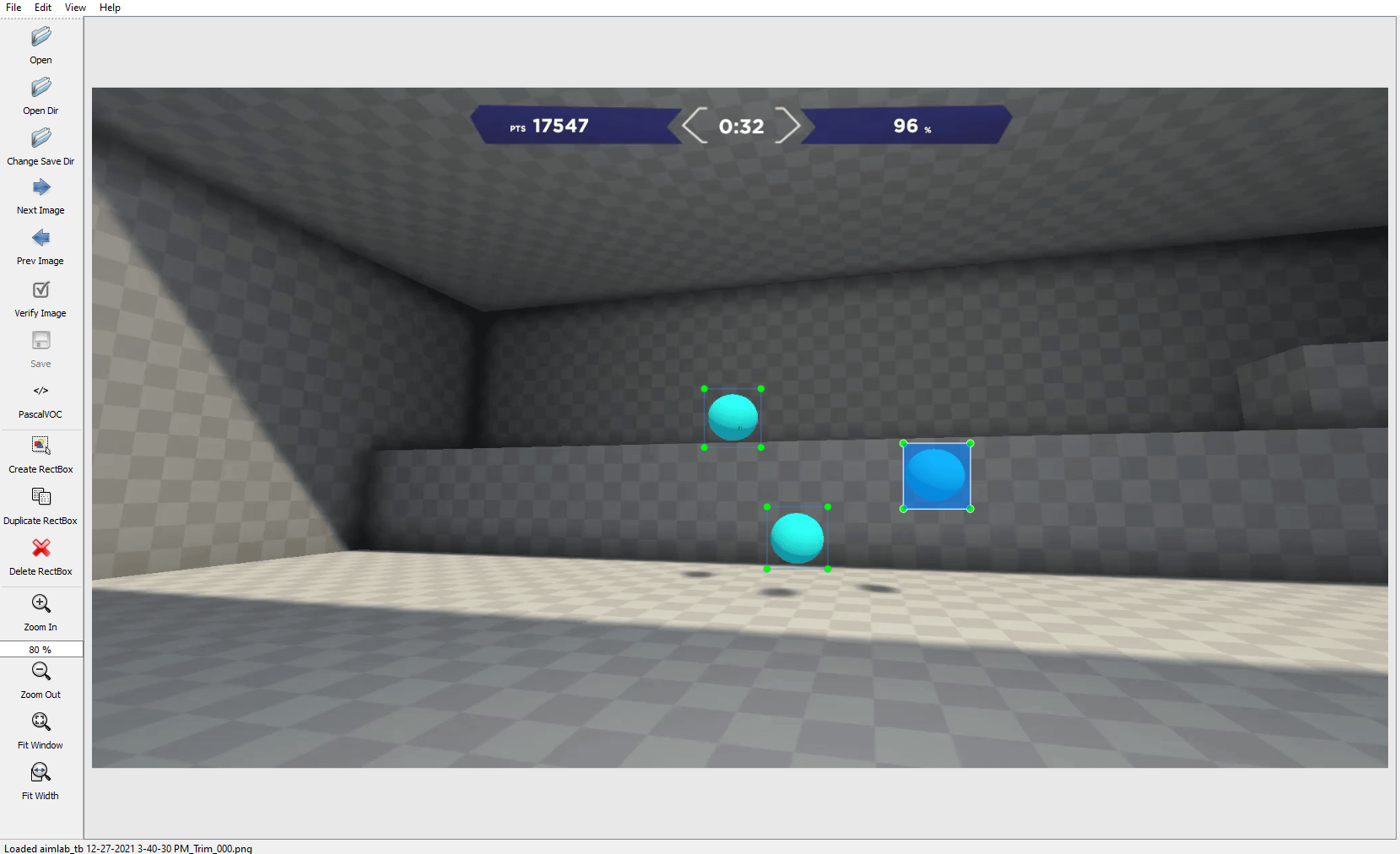
I'm a college student with a passion for
computer engineering.
I'm highly interested in circuit boards, integrated circuits, embedded
systems, machine learning, and computer vision.
I'm currently enrolled at UC Berkeley pursuing a Bachelor's Degree in Electrical Engineering and Computer Science.
I'm fascinated by the capabilities of artificial intelligence and want to explore AI as I pursue my interests in computer engineering.
Python
Java
C
C++
C++
PCB Design
Altium Designer
KiCad
Ubuntu
Jupyter Notebook
Machine Learning
Computer Vision
PyTorch
3D CAD
Arduino
Javascript
Git
Cyber Security
HTML
CSS
Bootstrap
Vue.js
Vue.js
Azure Web Services
Avionics board built for the STAR onboarding project for our rocket Starflower (slide 4). The board uses an ESP32-S3-WROOM-1-N8 and features a working barometer and IMU. Code for interfacing with flash memory is W.I.P. Telemetry recording on ESP32 flash begins when IMU detects sufficient acceleration (takeoff!).
I am currently working on building an STM32-based mechanical keyboard. The final version will have an I2C mini-OLED screen, pair of digital encoder knobs, and fully addressable RGB LED lighting. I eventually plan to have an aluminum case machined to house the PCB. Instead of KiCad, I'm using Altium Designer for schematic and layout. I've had the proof-of-concept macro-pad manufactured and have finished hand-soldering (pictured left), and have just started bringup.

Using computer vision to technically create an "aim-bot" for an aim training game. I used OpenCV and contours to detect targets. After compensating for a first-person-view, the mouse moves to and clicks on that target.

In the earlier stages of my Auto-Aim project, I planned to use object detection to locate targets. Although that proved inefficient, in the process, I wrote a program to help me annotate the training data. The program uses a partially trained model to write annotation boxes to an xml file.